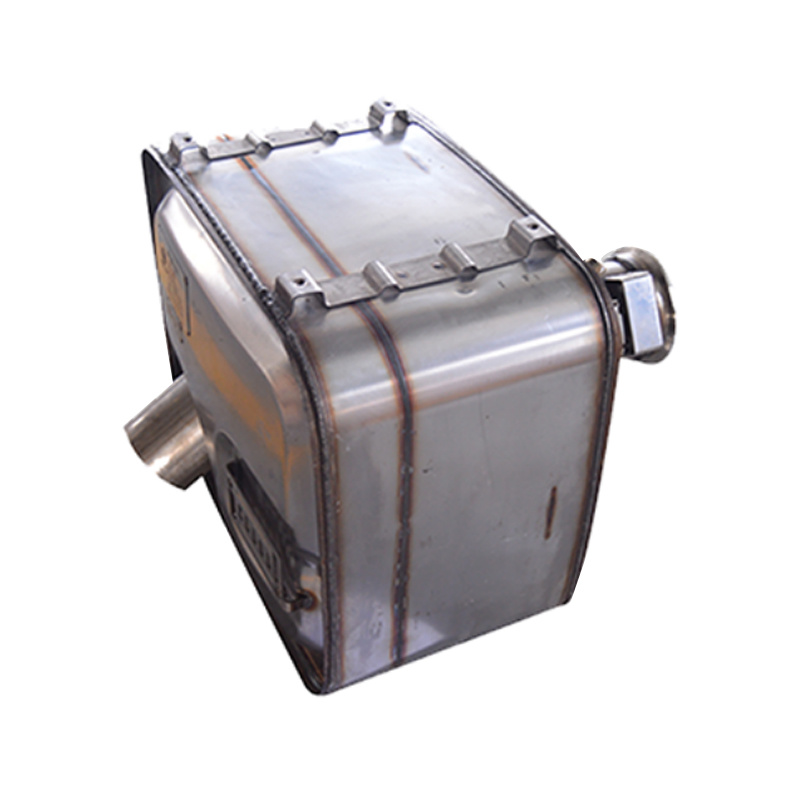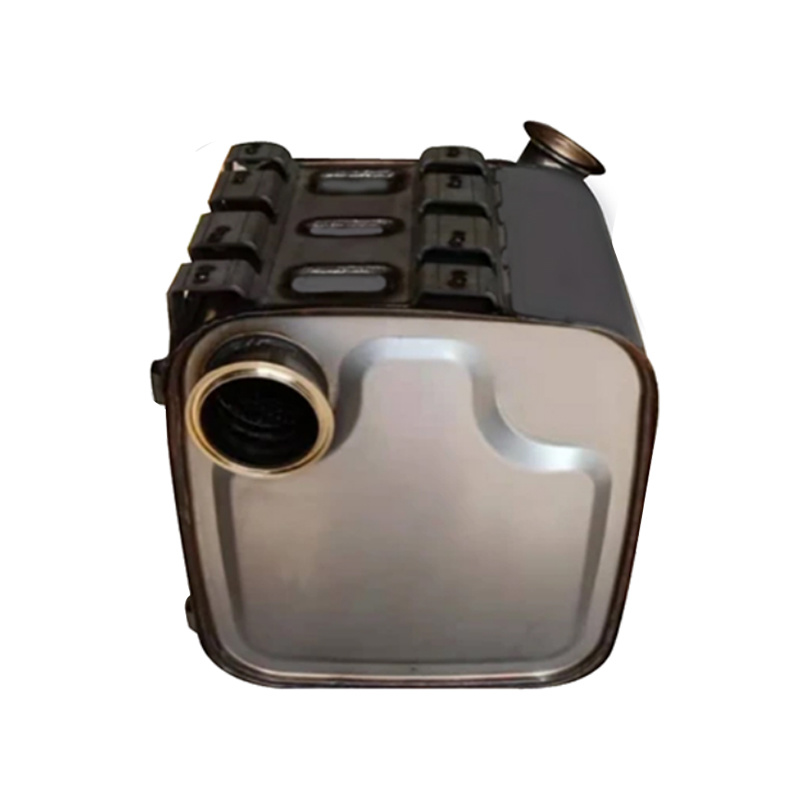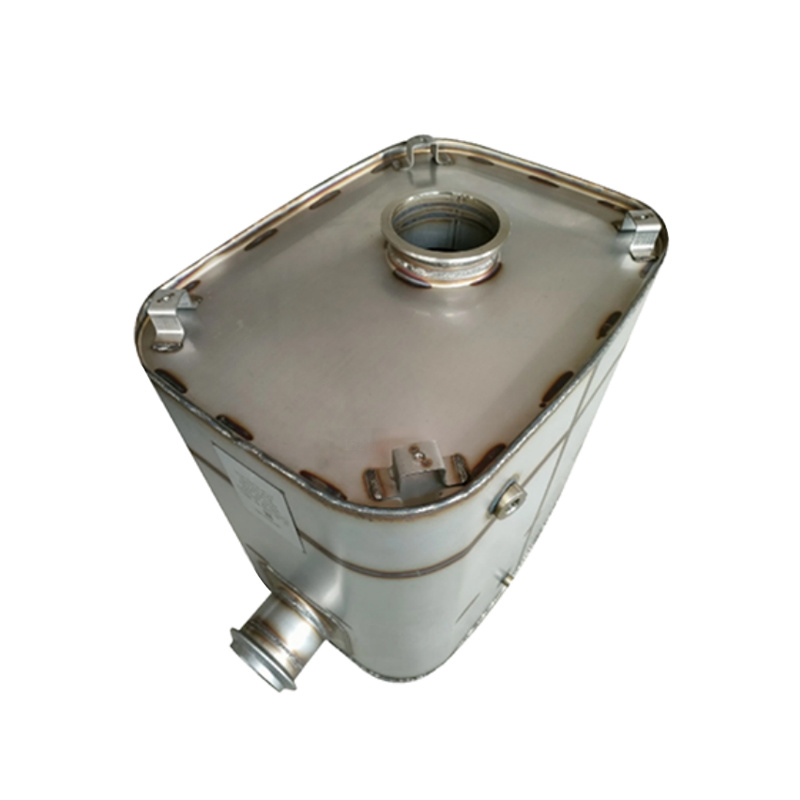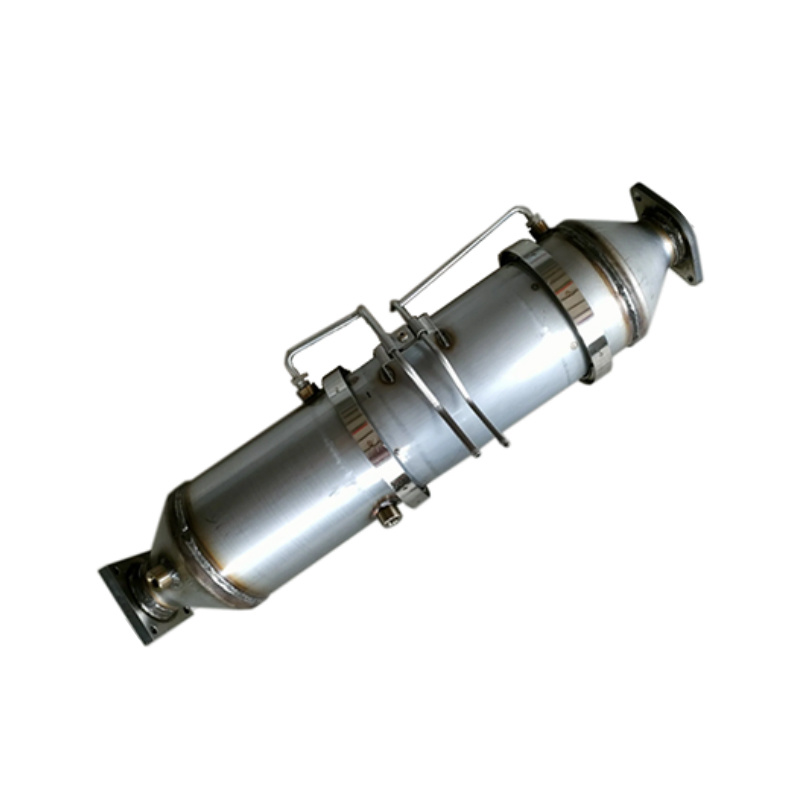
- Exhaust Gas Routing: Guides exhaust gases along a specific path through DOC, DPF, SCR, and other processing units. This ensures sufficient contact between the exhaust gases and each catalytic and filtering component, improving the purification efficiency of pollutants such as carbon monoxide, particulate matter, and nitrogen oxides, and allowing for an orderly exhaust gas treatment process.
- Structural Support and Fixation: Provides installation support and structural fixation for key components within the exhaust gas treatment system, such as catalytic substrates (e.g., catalyst-coated substrates in DOC, particulate trapping filters in DPF), and sensors (monitoring temperature, particulate matter accumulation, etc.). This ensures that the components maintain stable positions and normal functionality under vehicle operating vibrations and high-temperature exhaust gas scouring.
- Temperature and Airflow Control: Through rational pipeline shapes and spatial design, it assists in controlling exhaust gas temperature (e.g., allowing the exhaust gas to reach a temperature suitable for urea reduction reaction before entering SCR) and airflow distribution (ensuring uniform exhaust gas flow through the DPF filter to avoid local blockage or incomplete purification). This optimizes exhaust gas treatment effectiveness and ensures efficient and stable system operation.
Key Words










